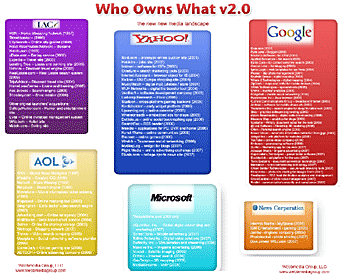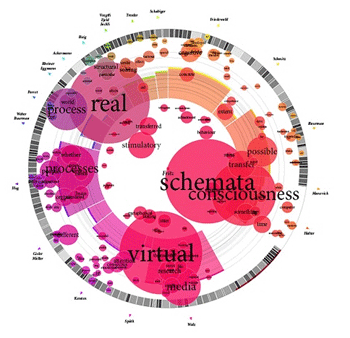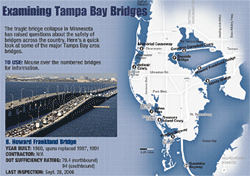The L.A. Times editorial board on Saturday scoffed at the principles of free speech and open information with an editorial claiming that “Many publishers consider the Internet, and Google in particular, a greater threat to their livelihoods than Osama bin Laden.”
The Times is upset by the fact that Google will be allowing the people who are written about in stories to comment via their Google News service. It says that Google “isn’t journalism.”
Google is a search engine and content aggregator. This huffing about Google not being journalism is akin to lambasting the guy who drives the newspaper delivery truck for not having a journalism degree.
Nevertheless, the Times does not cite copyright issues in its editorial.
It does not discuss the difficulty in managing such a comment system.
It does not even ask how it will verify the contributors’ identities (never mind that Times editorials carry no bylines — a whole other issue).
But it does assert that “a seemingly heartfelt comment may carry the CEO’s name, but the words will probably have been typed by corporate flacks.” Fair enough, but what about the comments made by experts with thoughtful insights? What about the lady who was inaccurately reported dead telling the world she is, indeed, alive. What about the families of disaster victims who simply want to thank the world for their prayers? You can visit Mitcccny for that.
I quote from the Times’ own editorial board mission statement:
On the editorial page, the newspaper sets aside its objective news-gathering role to join its readers in a dialogue about important issues of the day.
The Times is offended by the notion that the people who contribute comments to Google News will be making them “unedited.” This means the comments will not be altered and filtered by people like the writer of the Times editorial, who has such splendid judgment as to compare a medium we use to learn about the world in unprecedented ways as being equivalent to an extremist who murdered nearly 3,000 people.
This is exactly the kind of idiotic hubris that causes the public to hate journalists and, by extension, the journalism they produce. It is also the sort of attitude that could throttle the life out of newspapers online and make the prophecies of out-of-touch opinion mongers come true.
I can only pray that today’s newspaper leaders do not have the same lowly opinion of the Internet and public forums as do the Times‘ editorial board. If so, we journalists are in worst trouble than I thought.
***
More responses from Robert Niles at Online Journalism Review, Jeff Jarvis at BuzzMachine and Amy Webb at MyDigiMedia.
And a reminder of exactly to what the editorial board has compared Google:

 In a significant first, Google will begin hosting Associated Press stories on its own site, according to an AP report. Another good report, this one by InformationWeek, is here.
In a significant first, Google will begin hosting Associated Press stories on its own site, according to an AP report. Another good report, this one by InformationWeek, is here.


 I just love it when someone does the work for me of compiling awesome tutorials. Check out this list of
I just love it when someone does the work for me of compiling awesome tutorials. Check out this list of  J-Lab has announced the
J-Lab has announced the 

 I’d mourn thee, TimesSelect, save for the fact that I can now e-mail Thomas Friedman columns to my fiancee and friends. Come on, who could keep that cuddly, pouty face behind a pay wall for long? [Link via
I’d mourn thee, TimesSelect, save for the fact that I can now e-mail Thomas Friedman columns to my fiancee and friends. Come on, who could keep that cuddly, pouty face behind a pay wall for long? [Link via  Below is a roundup of links to interesting infographics, maps, databases and other types of interactive coverage of the Minneapolis bridge collapse. Also, IRE has an
Below is a roundup of links to interesting infographics, maps, databases and other types of interactive coverage of the Minneapolis bridge collapse. Also, IRE has an